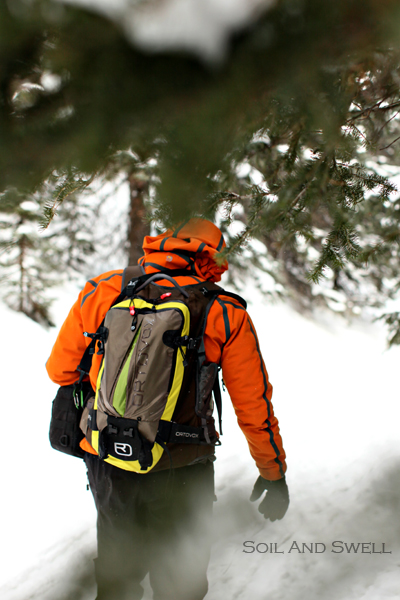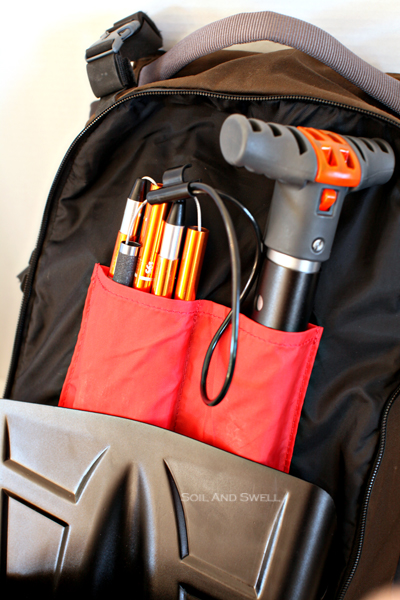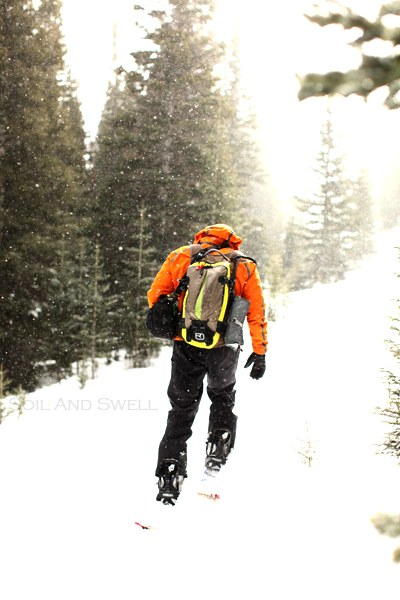Steamboat that is. What were you thinking? After an incredibly insane month or two of holiday cheer in the real world, we took a week-long, much-deserved, much appreciated trip to the amazing Steamboat Springs, CO.
The place is known in the ski and board circles for one thing: Copious amounts of light fluffy “champagne” TM (Seriously… its trademarked by Steamboat Resort) powder. Plus, with our Rocky Mountain Super Passes, Jess and I had 6 days worth of lift tickets already in the bag.
We stayed in an amazing cabin about 5 minutes – but another world – away from downtown Steamboat Springs.
We planned for everything: what amazing runs we would take to get to the best powder filled aspen glades, what lifts would get us there fastest, what time to get up to get first tracks, where to eat breakfast on the go to get there early… the ONE thing we didn’t plan for: ABSOLUTELY NO SNOW! Not a flake fell until the day we left.
That should have been a complete disaster – right? Actually… it worked in our favor. Instead of jostling every other powder-hound-cowboy to load up into a cramped humid gondola, we took our sweet time and hit some of the most fun backcountry lines we have ever experienced.
Just goes to show, when life hands you lemons… chuck ’em and go splitboarding. (Oh… or go hit the hot springs!)
Oh, and before you go, here are a few MUST do activities and tips while spending time in Steamboat:
- Strawberry Park Hot Springs – Pretty much the number one reason we came here according to Jess, and it was so worth it. Go during a snow storm – the contrast is so amazing between the warm pools and the cold snowy atmosphere.

- Rabbit Ears Pass/Buffalo Pass – Backcountry – Rabbit Ears is super mellow and a great place for beginner splitboard/skiers to have a good time. Head to Walton Peak or you can find some fun lower commitment stuff off of the Fox Curve trail too.
- Off The Beaten Path Coffee/Book Shop – Nice place to relax and have some coffee on a down day plus they have wifi so you can reconnect with the world.
- Perry Mansfield Cabins – Awesome place to stay about 5 minutes outside of downtown Steamboat. No internet, no TV, no stress! Super quiet and perfect for unwinding.
- Lil’ House Biscuits – Just get the plain biscuit: SO tasty.
- Johnny B. Good’s Diner For Breakfast – Cool vibe and good breakfast

- Steamboat Smokehouse BBQ Joint – Have the best appetizer: “Burnt Ends” are just the best crispy part of a brisket and are very flavorful.

- Steamboat Resort Itself – duh? We didn’t have great snow conditions while we were there but the trees off of the Storm Peak Express and Sundown looked like they would be epic on a pow day.
- Bear Grill at Steamboat Resort – According to Jess they have the “Best hot chocolate she has ever tasted” – No joke, she was super impressed.















































